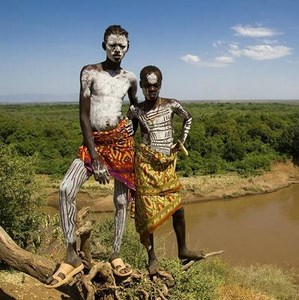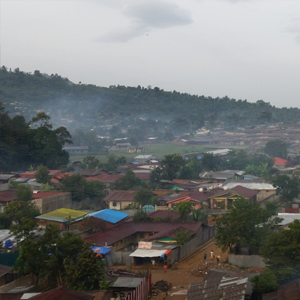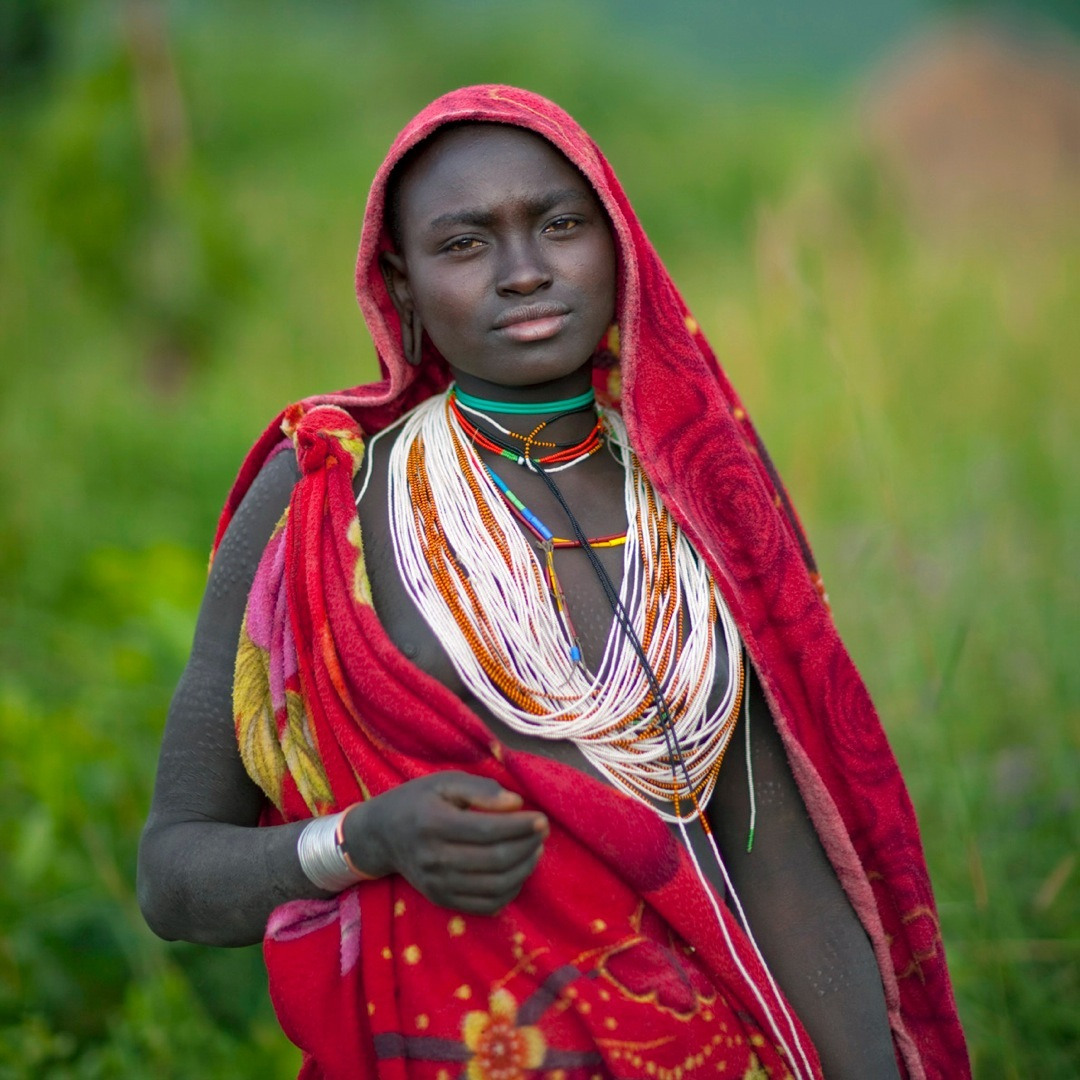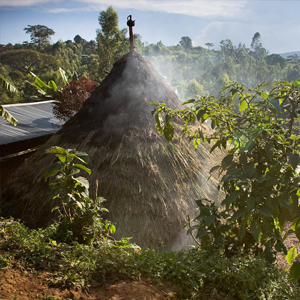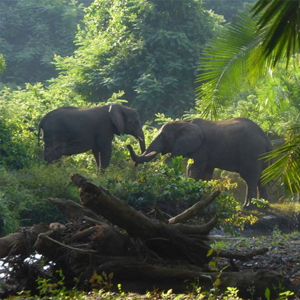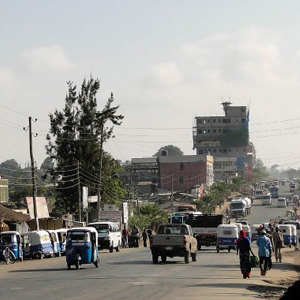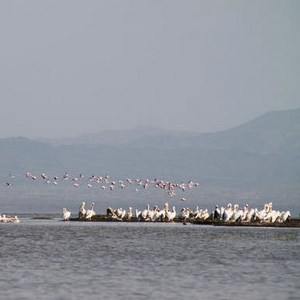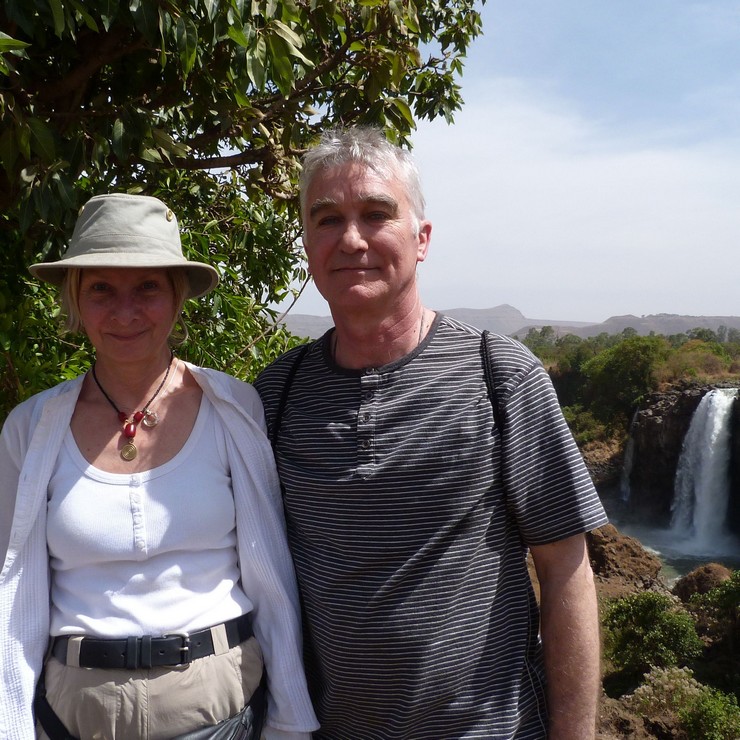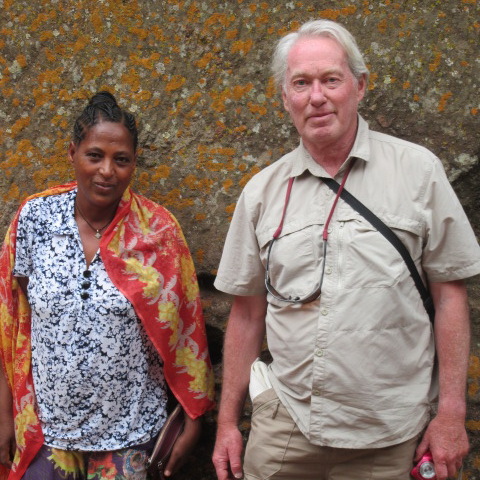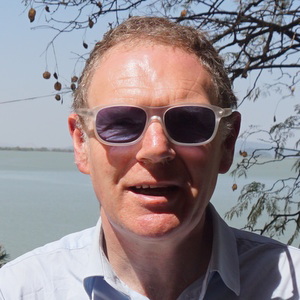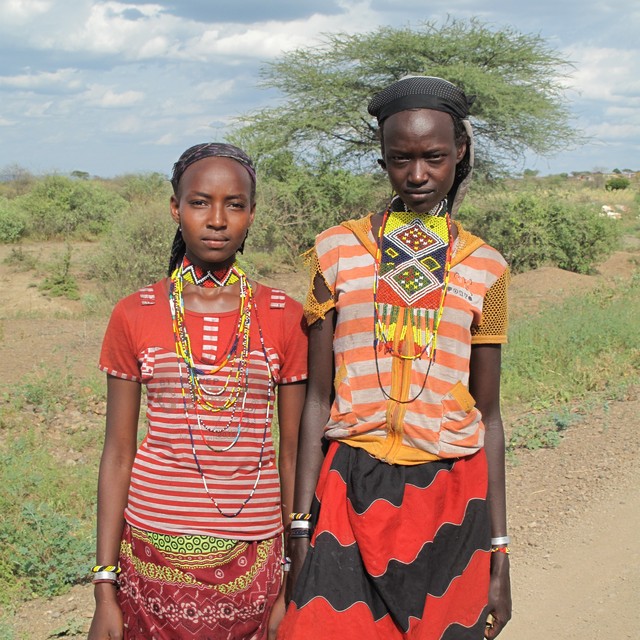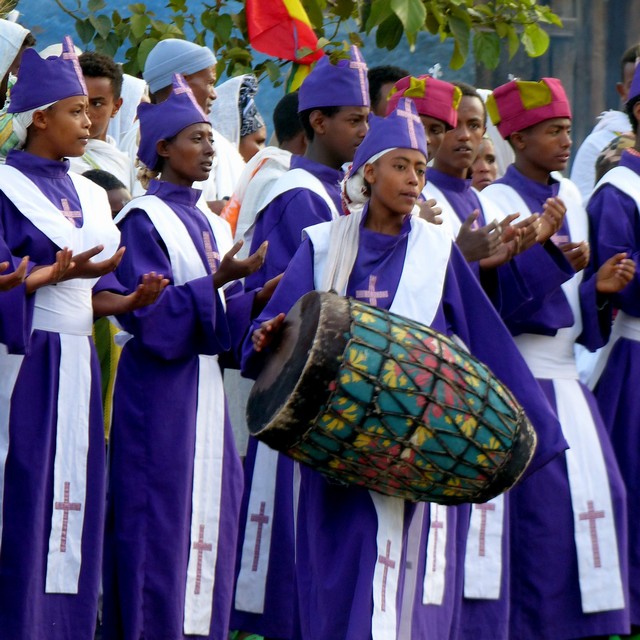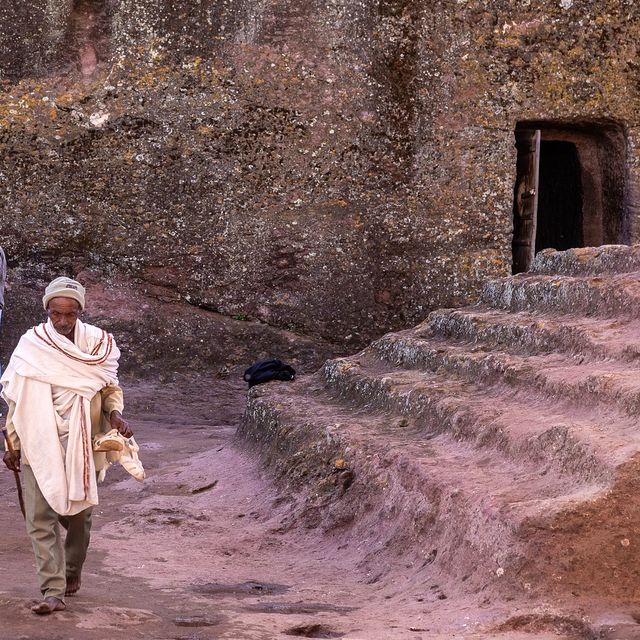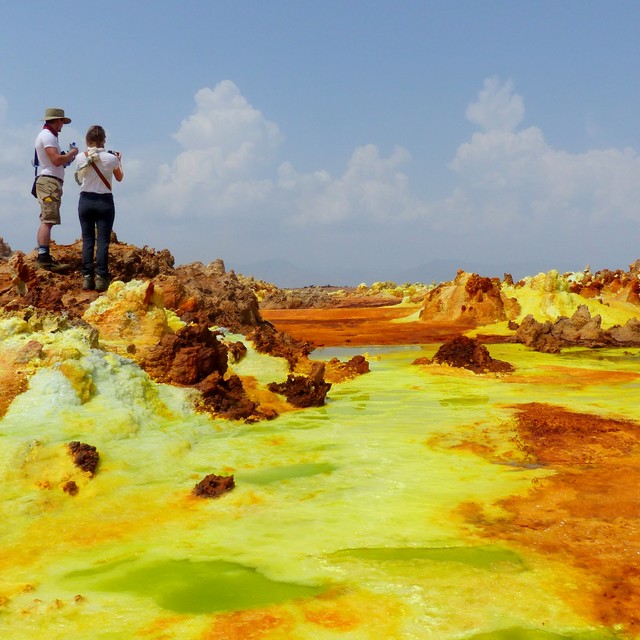Early in the morning, you will head to Mankira. Here, you will spend time in the jungle and learn about the birthplace of coffee.
Coffee was discovered in Ethiopia between the 3rd and 10th centuries. Today, many rumours and tales exist about how coffee’s energizing properties were discovered. However, the following story is a popularly accepted account in Ethiopia.
"A young herdsman called Kaldi first observed the stimulating properties of wild coffee when his goats became hyperactive after eating the leaves and berries. Kaldi swallowed some of the berries himself and found that he too became abnormally excited. He ran to a nearby monastery to share his discovery. Initially, the monks did not share the young goatherd’s enthusiasm, but instead chastised him for bringing evil stimulants to their monastery and threw the offending berries into the fire. But then, seduced by the aromatic smell of the roasting berries, the monks decided to give them a try and found that they were unusually alert during their nocturnal prayers. Soon, it became accepted practice throughout Christian Ethiopia to chew coffee beans before lengthy prayer sessions, a custom that still persists today."
After your visit to Mankira, there will be an evening trip to Chebera Churchura Park. You will enjoy a game drive on the lookout for Ethiopia's endemic birds and incredible wildlife, admiring the scenery along the way.
You will spend the night in tented accommodation.
Meal plan: Breakfast, lunch & dinner
Chebera Churchura National Park is a stunning natural area located about 330km southwest of Hawassa and 460km of Addis Ababa. It spans an area of 1215km2 that ranges in altitude from 700 to 2450m above sea level. The Park is fortunate in possessing numerous rivers and streams, along with four small crater lakes which facilitate much of the rich wildlife resources of the area. Zigina River rises from the north-east highlands of the area; it crosses the central part of the park and feeds the Omo River. Shoshuma River rises from the north-western highlands of the Konta area highlands. The river crosses the north-eastern part of the park and meets the Zigina River inside the park, which come together to feed the Omo River.
The White-Crowned Cliff Chat, Banded-Barbet, Wattled Ibis, Black-Headed Forest Oriole and Thick Billed Raven are just some of Ethiopia’s native birds which can be found in the park. Along with some of Africa’s common mammals which include the African Elephant, Hippopotamus, Cape Buffalo, Lion and Leopard. Currently, Chebera Churchura National Park appears to be the least disturbed and reliable ecosystem for the African Elephant and Buffalo.

